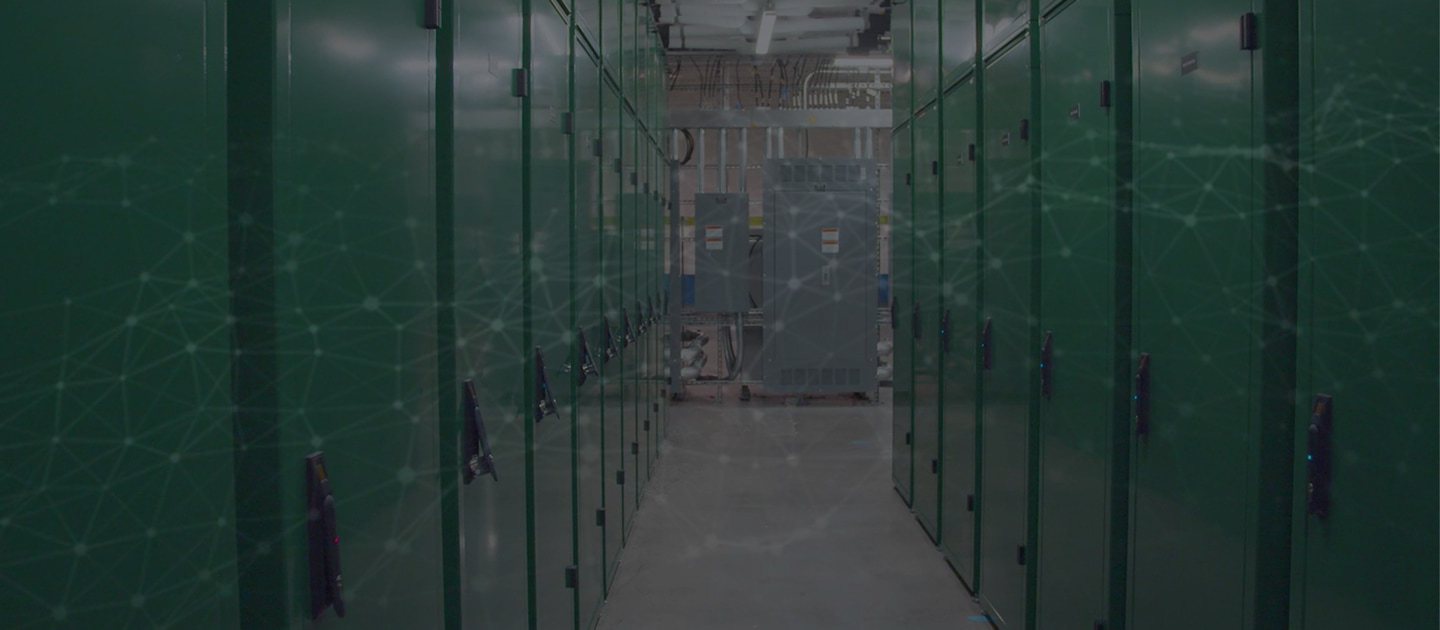Graphcore is playing a central role in a new European project to create a supercomputing framework specifically designed to harness the power and energy efficiency of sparse computation for emerging AI applications.
The three-year SparCity project, which has received €2.6m funding, is part of the broader EuroHPC Joint Undertaking (JU), launched in 2018 to increase the continent’s competitiveness in high-performance computing through the development of multiple exascale supercomputers.
Tools developed during the project will be used to demonstrate the effectiveness of the framework in four real-world areas: computational cardiology, social networks, bioinformatics and autonomous driving.
Graphcore’s involvement in SparCity, as one of the organisations submitting the original project proposal, reflects our commitment to developing next-generation approaches to artificial intelligence.
Our work with public and private research institutions helps ensure that Graphcore’s compute systems are not only enabling new directions in AI, but also that the latest research is informing our product development.
Making use of sparsity is widely regarded as a vital next step in the development of artificial intelligence, if the rate of progress seen in recent years is to continue, and even accelerate.
Sustainable compute
Until now, much of the compute capacity used to run AI models has been expended performing mathematical operations on parameters that are not relevant to the problem being addressed because meaningful parameters are sparsely distributed across the same models.
The inefficiency of spending time and energy processing valueless data is being compounded by the exponential growth in size and complexity of AI models.
Sparse computation involves new techniques that - in simple terms - focus processing power on those elements of a model that are most relevant to solving a specific task. Such an approach is analogous to the human brain directing the signal from a visual stimulus only through those neural pathways that deal with vision, rather than lighting up every neuron in the brain.
Graphcore IPU technology is specifically designed for AI compute and includes characteristics such as the ability to execute many, very different calculations, truly independently and in parallel, which are essential for sparse computations.
Sparsity is also supported at a software level with sparse kernels and libraries. These will be used and further developed during this project.
Project structure and goals
The initial proposal for SparCity received the maximum possible score when evaluated by the European Commission’s Horizon 2020 Research and Innovation Framework Programme.
Alongside Graphcore, SparCity involves participation from Sabanci Universitesi in Turkey, Simula Research Laboratory in Norway, INESC-ID in Portugal, and Ludwig-Maximilians-Universitaet Muenchen in Germany, with the coordination of Koç University (Turkey).
The project is organised around a number of ‘work packages’, with the overall aim of delivering a coherent set of technical capabilities that will enable deep analysis and optimisation of sparse computations, as found in a broad range of applications.
This process will involve performance and energy modelling, with the resulting models used to drive optimisations. Considerations will include the design choices underpinning data storage and movement, precision, and kernel implementations.
Throughout the project the tools will be applied to the four reference applications mentioned earlier: computational cardiology, social networks, bioinformatics and autonomous driving. Using these applications will ensure the general applicability of the tools.
Further information on the project can be found at sparcity.eu
